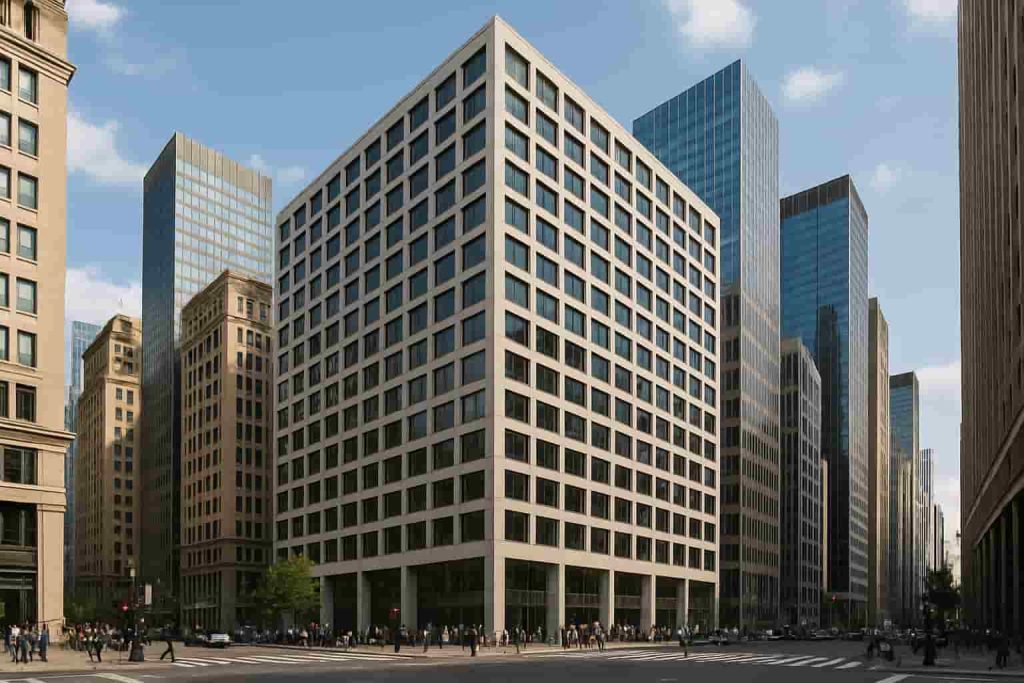Prominent economist Shane Oliver looks back on the highs and lows of 2012 and shines light on where the economy is heading in 2013.
While the past year has had its share of financial anxiety attacks, Oliver says it turned out far better than many had feared.
“This has been helped by investors looking for higher yields in the face of zero or falling cash rates…Growth for 2012 looks like coming in around 3.5%, but this masks a slowdown to a 2-2.5% annualised pace. Inflation has been benign…allowing the RBA to cut the cash rate back to its low of 3% during the global financial crisis.”
Investment returns for Australian residential property is estimated at 2%, compared to -4% in 2011. Economists are predicting that amount to increase by a further 6% in 2013.
“The cyclical pattern since the 1970’s has been to have major recessions every 8-10 years, with modest growth slowdowns in between. We still appear to be following this pattern…If this, albeit imperfect, pattern is correct then the 2012 global growth slowdown has cleared the way for a continuation of the global recovery for the next three years or so, which could help underpin growth assets.”
Based on recent economic trends, Oliver says low interest rates are likely to continue into 2013, leading to a very easy and growth-supportive monetary environment.
“For Australia, growth is likely to remain subdued initially as mining slows and non-mining is slow to pick up…the RBA is likely to cut rates further to 2.5% in order to push bank lending rates down closer to past cyclical lows.”
However, he says the impact of rate cuts should start to improve by the end of next year.
“Overall, we see growth around 2.5%, but this is masking a second half upswing; inflation remaining benign and the cash rate falling to around 2.5% in the first half.”
Oliver says property securities are likely to continue to benefit from investors seeking yield, but returns are likely to slow after the 20-30% returns of 2012.
“Unlisted commercial property and infrastructure are likely to benefit from relatively attractive returns and strong investor demand given their relatively attractive yields…Australian house prices are likely to see a modest 4-5% bounce on the back of lower mortgage rates.”
Oliver warns, however that there is a potential for the non-mining sectors to take longer than expected to pick up pace, leading to a sharper slowdown in growth beyond the 2.5% expected.
“This could occur, for example, if rising unemployment triggers a desire on the part of households to more rapidly reduce their debt levels. This could see the RBA cut the cash rate to 2% or below.”



